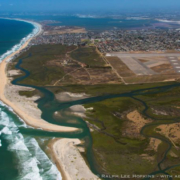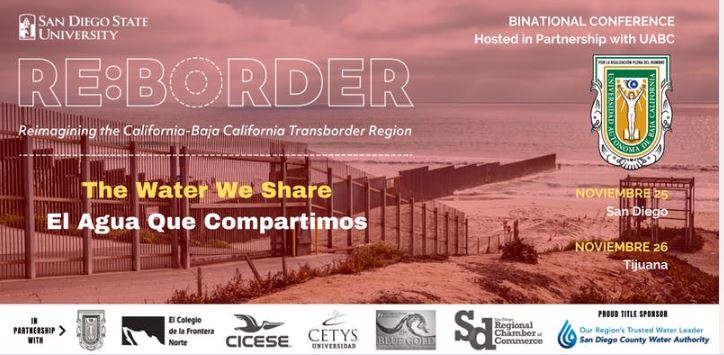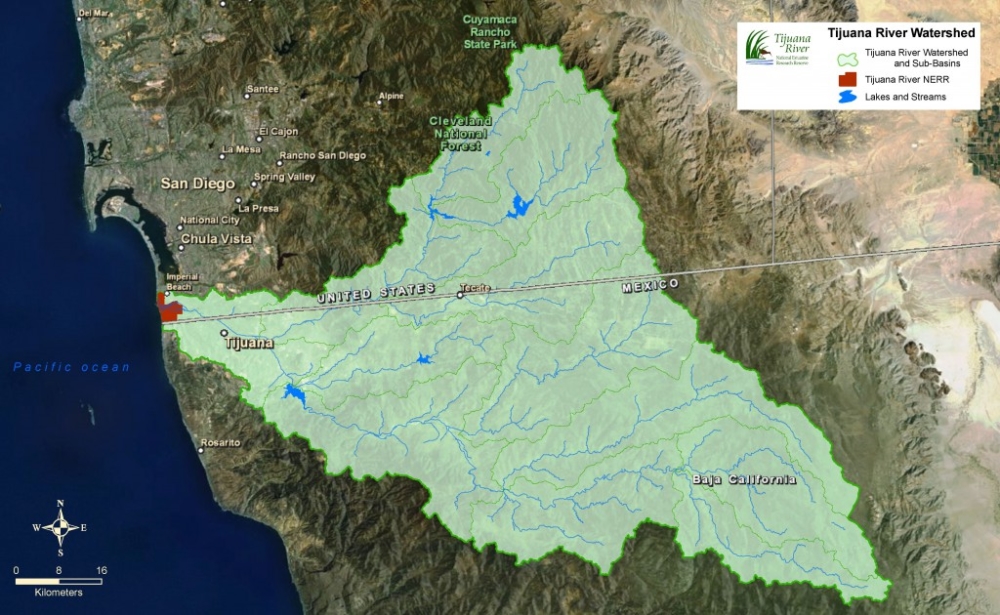Help Us Reduce Water Rates
As my two-year term as the Water Authority Board chair winds down, it’s my pleasure to update you on two important efforts that are underway for the betterment of the San Diego region.
First of all, our Board voted unanimously last week to spend a few more months discussing and assessing a study of a new regional water conveyance system to deliver our high-priority Colorado River supplies from the Imperial Valley. The work we’ve done over the past year shows the project would produce billions of dollars in potential savings over several decades – and we plan to use the next few months to outreach to stakeholder communities about this study, address questions raised in recent weeks and seek Board direction in November.
Ultimately, the questions are bigger than a new aqueduct – they are about how we sustain our economy and quality of life at a reasonable cost. A new multi-benefits conveyance system is one potential solution – but if not that, then we must grapple with equal intensity over whether it makes sense to pay ever-increasing costs (over which we have no control) to the Los Angeles-based Metropolitan Water District of Southern California to deliver our water for generations, or whether a plan based mainly on local water generation is financially feasible.
The other big issue this month is related – my request that MWD adopt rate relief measures this fall that reduce our water costs. Put simply, despite the recession and the COVID-19 pandemic MWD has not enacted the same kind of rate relief as the Water Authority, which froze hiring, deferred non-essential projects and significantly reduced travel – among other steps. In the end, we limited rate increases to 4.8-4.9 % for 2021 – and more than 60% of that is directly attributable to MWD.
Now, we’re asking MWD to take a similar approach, recognizing that we’re all in this together. We aren’t prescribing the strategies for MWD. We’re just asking that the nation’s largest water agency help its customers, and we’re pledging that any rate relief MWD provides will be passed directly to our member agencies. You can view the letter I sent to MWD at www.sdcwa.org/support-rate-relief-mwd.
I invite you to help move this conversation forward by encouraging MWD to find meaningful cost savings this fall that are reflected in its budget. Please take a moment to do so at www.sdcwa.org/support-rate-relief-mwd by submitting a letter of support for rate relief.







